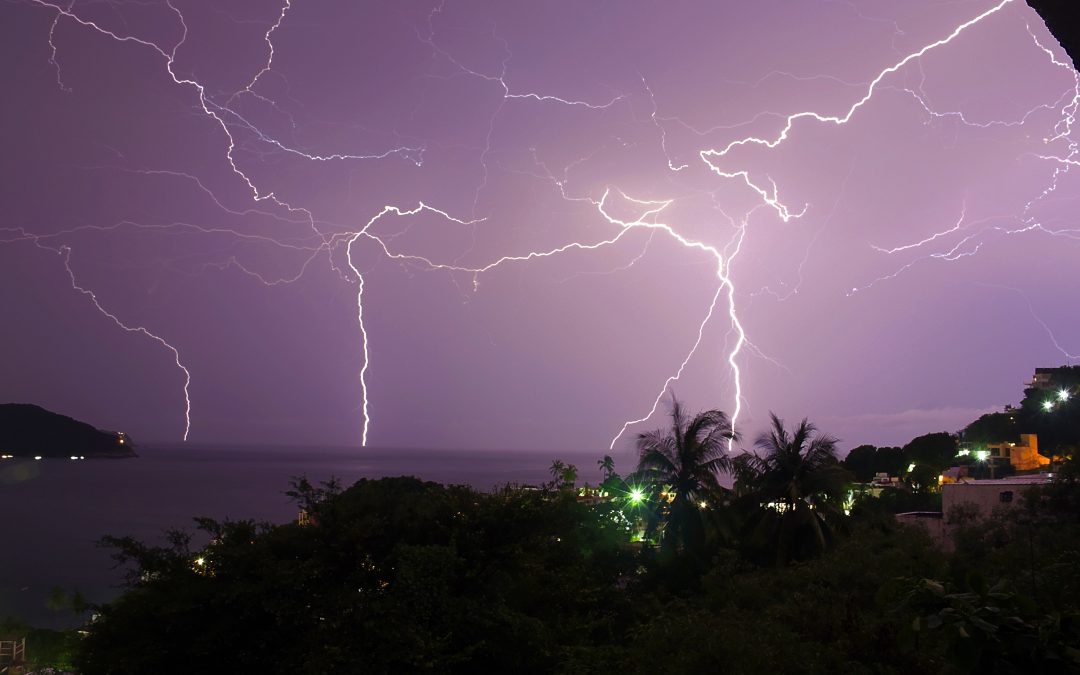When it comes to maintaining a stable foundation, understanding the impact of weather is essential. Weather conditions can play a significant role in causing foundation problems such as leaks and cracks. By being aware of the factors that contribute to these issues and taking proactive measures, homeowners can protect their homes from potential damage.
The Role of Weather in Foundation Problems
Foundation issues caused by weather are a common concern for homeowners. The relationship between weather conditions and foundation integrity is a complex one. While foundations are designed to withstand a variety of environmental factors, certain weather conditions can exacerbate existing issues or even lead to new problems.
One of the key factors that make weather a contributing factor to foundation problems is soil composition and moisture absorption. Different soil types have varying abilities to retain moisture, and they react differently to various weather conditions. For example, clay soils have a high moisture retention capacity, making them vulnerable to swelling during periods of heavy rainfall, while sandy soils are prone to shifting and settling during droughts.
Temperature extremes also play a role in foundation stability. Freezing and thawing cycles can cause soil to expand and contract, putting pressure on foundation walls. On the other hand, heat and drought can cause the soil to shrink, leading to foundation settling.
Weather-Related Foundation Leaks
Excessive rainfall can be a significant cause of foundation leaks. When the ground becomes saturated with water, it can pool around the foundation, seeping into cracks and openings. Poor drainage systems can exacerbate this issue by allowing water to accumulate around the foundation, putting additional stress on its integrity.
In some cases, flooding can lead to hydrostatic pressure, which is the pressure exerted by a fluid at rest. Prolonged flooding can increase this pressure on foundation walls, potentially causing them to crack or bow inward.
Humidity and moisture issues can also contribute to foundation leaks. High humidity levels can increase the likelihood of moisture vapor transmission through foundations. This can lead to dampness and water intrusion. Installing vapor barriers can help prevent these moisture-related problems.
Condensation within the foundation can also cause deterioration over time. When warm, moist air comes into contact with cooler foundation walls, condensation may occur. This can lead to the deterioration of structural components if left untreated. Managing condensation and controlling indoor humidity levels can help minimize these issues.
Weather-Related Foundation Cracks
Freezing and thawing cycles can cause significant damage to foundation walls. The water in the soil expands when it freezes, putting pressure on the foundation. When the ice melts, the soil contracts, causing cracks to form. These freeze-thaw cycles can result in different types of cracks, including vertical, horizontal, or diagonal cracks.
Drought conditions and moisture deficit in the soil can also impact foundation stability. Lack of moisture in the soil can cause it to shrink, leading to settlement and cracking. Expansive soils, such as clay, are particularly vulnerable to drying out, which can result in foundation heaving and vertical movement.
By addressing these various factors, understanding the influence of weather conditions, and taking necessary precautions, homeowners can protect their foundations from leaks and cracks. Regular inspections, proper drainage systems, and moisture control measures can help mitigate potential weather-related damage.
For professional help in dealing with foundation leaks and cracks, you can rely on PermaDry Waterproofing. With their expertise in foundation repair and waterproofing, they can assist in assessing and resolving any issues you may be facing.
By being proactive and informed, homeowners can minimize the impact of weather on their foundations, ensuring the long-term stability and integrity of their homes.

